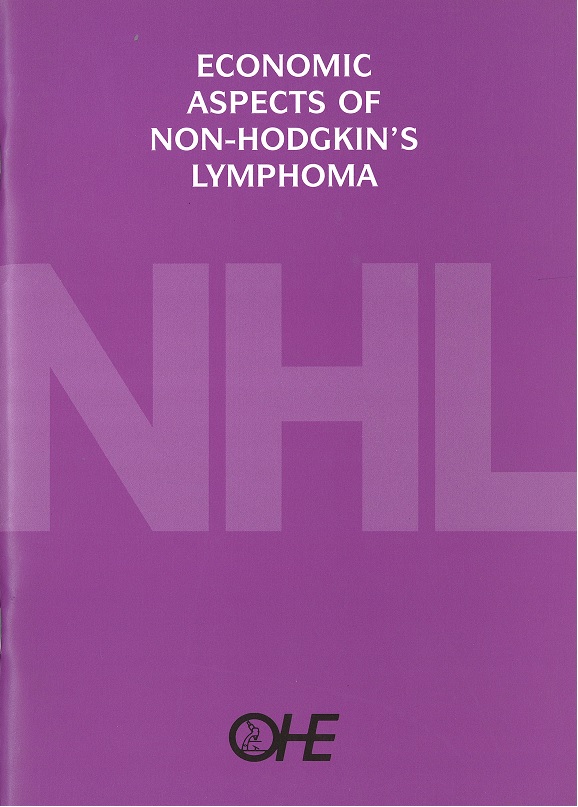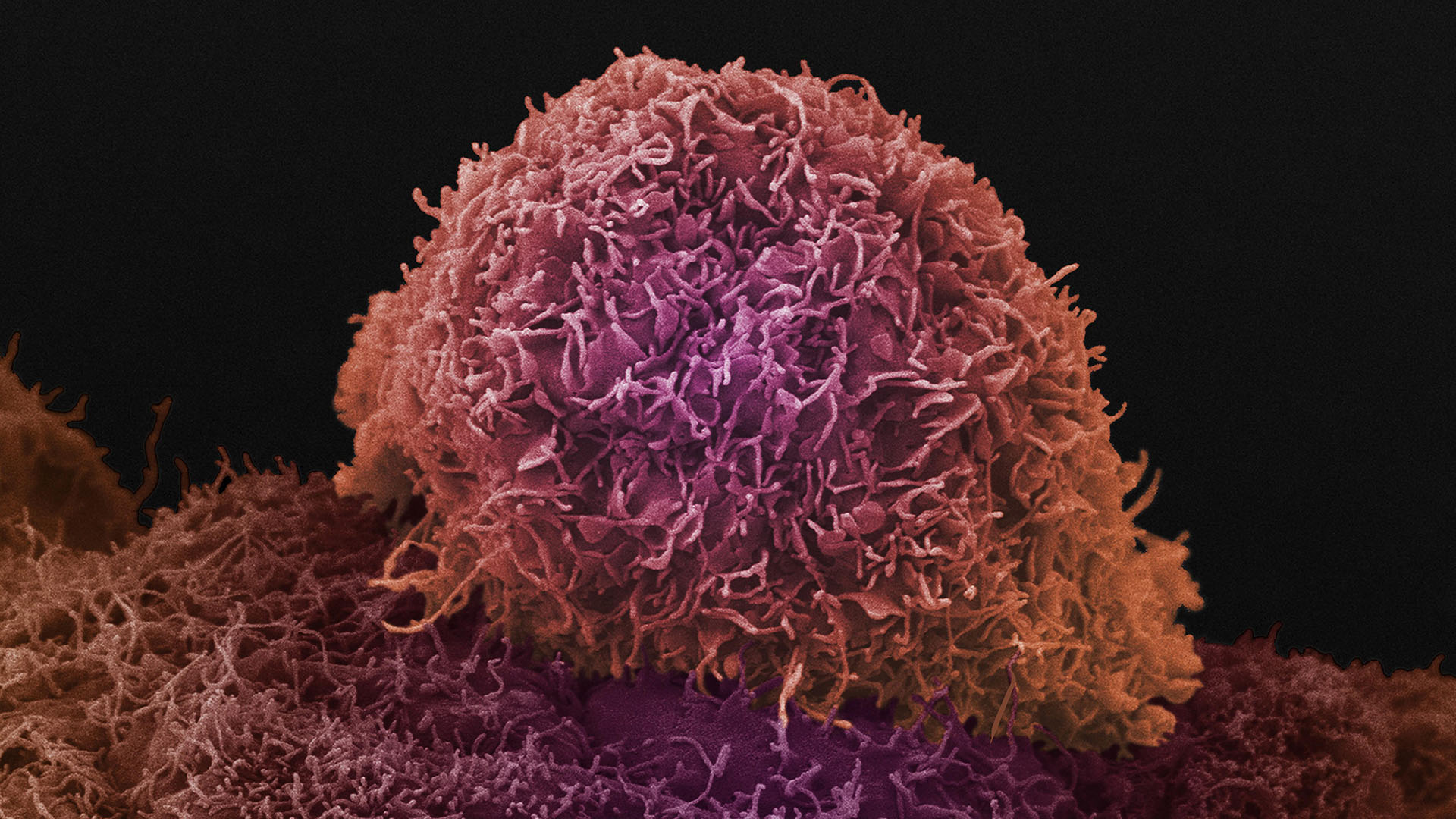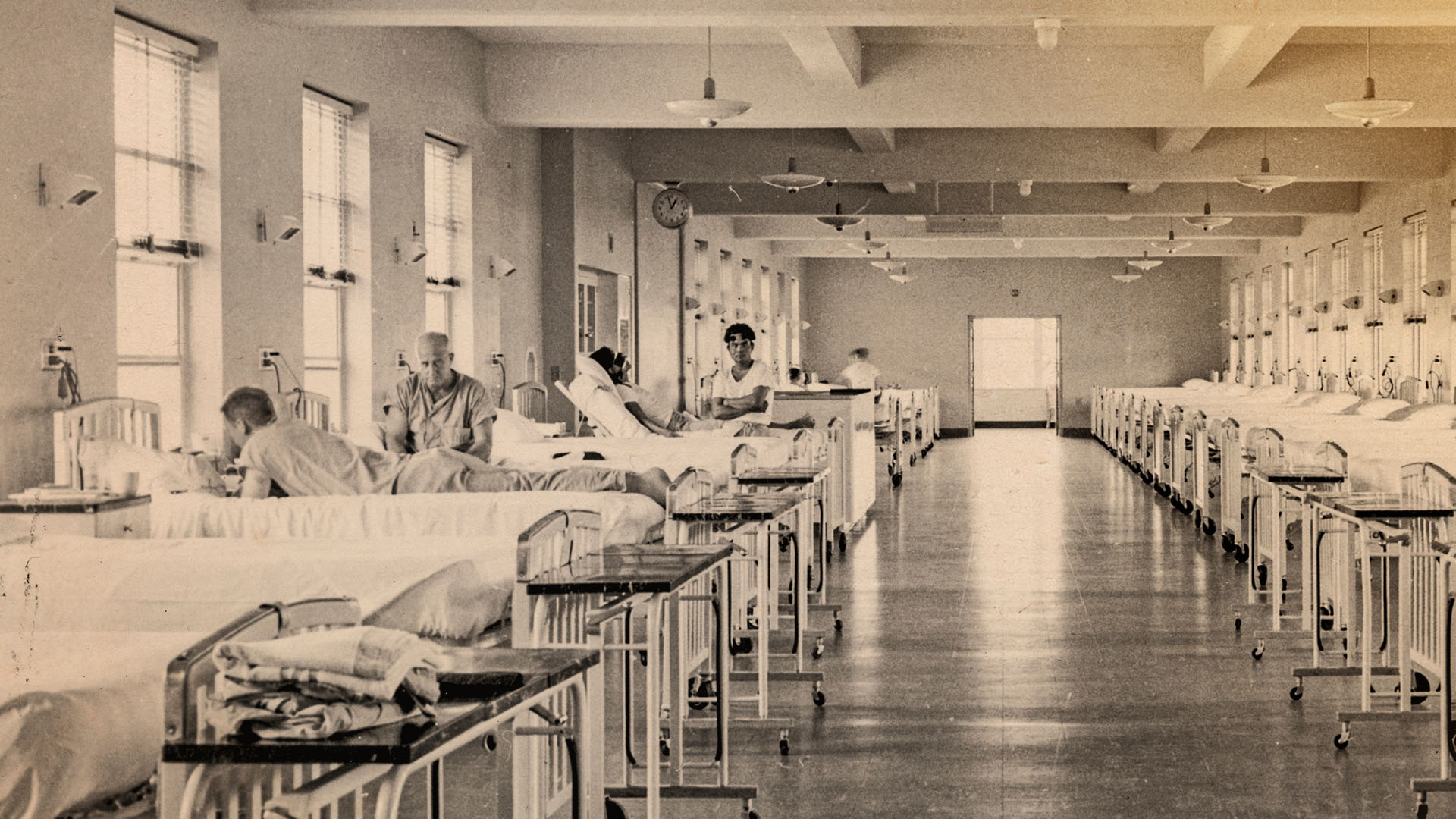Sign up to our newsletter Subscribe
Challenges and Solutions for Budget Impact Analysis of Gene Therapies

Non-Hodgkin’s lymphoma (NHL) is not a single disease entity but covers a complex group of different types of malignancy. They differ in the cells affected, their course and the structures they form in the lymph glands. The unifying feature of the lymphomas as…
Non-Hodgkin’s lymphoma (NHL) is not a single disease entity but covers a complex group of different types of malignancy. They differ in the cells affected, their course and the structures they form in the lymph glands. The unifying feature of the lymphomas as a whole is that they are all cancerous growths of lymphocytes. These are cells of the immune system which are produced from bone marrow and are located within the lymph glands. Lymphocytes are designed to fight infection by either directly producing or helping to produce antibodies.
The primary aim of this booklet is to examine the economic issues in the current and future treatment and care of NHL, and to provide a first estimate for the UK of the costs of this treatment and care. These estimates (section 7) are based on the two main NHL clinical types that make up approximately 75% of all lymphomas: these are known as diffuse large B-cell lymphomas, and follicular lymphomas. The treatment of these two types is distinct and the clinical outcomes are well defined.
There are several reasons why NHL is important for epidemiological and economic analysis. Firstly, in many countries there has been a rapid increase in incidence rates in recent years. In the UK, there were more than 5,000 people with NHL in 1994, but this was projected to increase. In Europe and North America the greatest incidence rates of NHL are in the over 65’s, which is partly due to the increased number of elderly in the population, but also because the age specific incidence rates of NHL are increasing through time. Section 2 of this booklet presents descriptive epidemiological data for NHL internationally and for the UK.
Secondly, although several risk factors for NHL have been proffered and some links established (for example, the existence of infectious agents such as HIV, and genetic susceptibility), there is still much uncertainty surrounding all the potential causes of the disease. This makes the designing of effective screening or prevention programmes difficult. Section 3 reviews what is known about the risk factors for NHL.
Thirdly, advances in therapy mean that NHL is potentially curable with chemotherapy. However, outcome depends on the type of tumour, with a cure rate of 40-70% for diffuse large B cell lymphomas (depending on the extent or bulk of tumour and patient age), whereas the cure rate for follicular lymphomas is very low. Patients with follicular lymphoma have a median survival of eight to ten years. For all patients who are not cured or who cannot tolerate chemotherapy, survival after an NHL diagnosis is variable depending on whether the tumour is fast or slow growing. For such patients palliative care can be provided, the quality of which has greatly improved in recent years through the services of hospices and specialists such as MacMillan nurses in the UK. In section 4 we describe the clinical differences between fast and slow growing NHL tumours, the conventional treatment and care options for each, and the role of new interventions such as autologous bone marrow transplantation (ABMT).
With high and increasing numbers of NHL, uncertainty about its causes, costly existing and new methods of treatment and palliative care, and high mortality and morbidity, the potential economic and health burden of NHL is significant. Health care purchasers in the UK directly face the costs of treatment and care, and with budget limits need to set priorities for resource allocation. In a broader sense the whole of society is affected by the economic and health burden of cancers such as NHL.
The economic analysis of NHL can take a number of forms. Firstly, it is useful to quantify the cost of disease, so that the actual and future potential size of the economic burden can be assessed. This includes the direct costs of the treatment and care of NHL patients, and could include the indirect costs of the loss of social and economic productivity due to illness and premature death from NHL.
Secondly, economic evaluations of the cost effectiveness or cost-benefit of treatment and care interventions for NHL can provide information to aid priority setting in the use of health care resources for NHL or, more generally, cancer services. Section 5 outlines the recognised techniques of economic analysis, and their objectives. In section 6 the limited published evidence for the cost effectiveness of two new developments in the treatment of NHL are reviewed: autologous bone marrow transplantation, and a growth factor G-CSF for the prevention of chemotherapy-induced febrile neutropenia (which is a fever associated with a reduction of infection-fighting white blood cells).
As section 6 illustrates, there have been no economic analyses of NHL treatment and care conducted for the UK. A critique of studies conducted in other countries is presented in this section. In section 7 an initial direct cost assessment for the health care costs of NHL is presented: this covers cost per patient and total incidence cost (i.e. cost of all new cases each year) for England and Wales. Using decision analysis software, treatment/outcome trees were constructed to map the expected treatment, clinical outcome and resource use pathways for different categories of NHL patient. This enabled the production of ‘ballpark’ estimates of the costs of treating NHL. It does not represent a direct substitute for costing exercises using actual patient-based resource use data, nor for full economic evaluations of the cost effectiveness of alternative treatments and care options. However, the treatment/outcome tree approach represents a relatively low research cost method of direct cost estimation which is useful for indicating the general economic burden of the disease. This approach could be developed to undertake a much more rigorous cost assessment if desired. More importantly, as alternative treatment courses can be identified in the tree, it offers the basis for analysis of the cost effectiveness of alternative treatment options.
NHL represents a growing problem in the UK and internationally. A fourfold growth in numbers could be expected over the next 20 to 30 years, with a possibly even greater increase in costs if new developments in cancer treatment and care, such as ABMT or new chemotherapy regimens, become common practice. In conclusion, section 8 discusses key economic and epidemiological issues in NHL, and outlines a possible research agenda for future economic evaluations in the field.
Economic Aspects of Non-Hodgkin’s Lymphoma
Tolley, K., Morgan, G., Cartwright, R. and Williams, R.
(1998) Economic Aspects of Non-Hodgkin’s Lymphoma. OHE Series on Health. Available from https://www.ohe.org/publications/economic-aspects-non-hodgkins-lymphoma/


